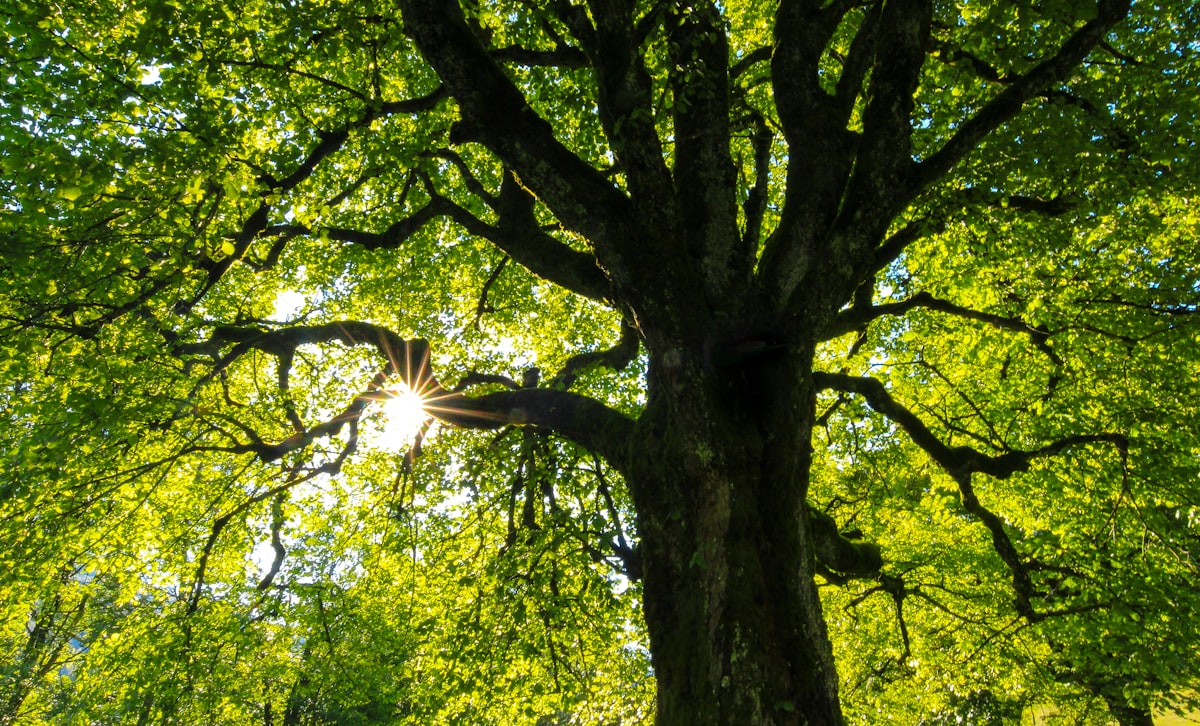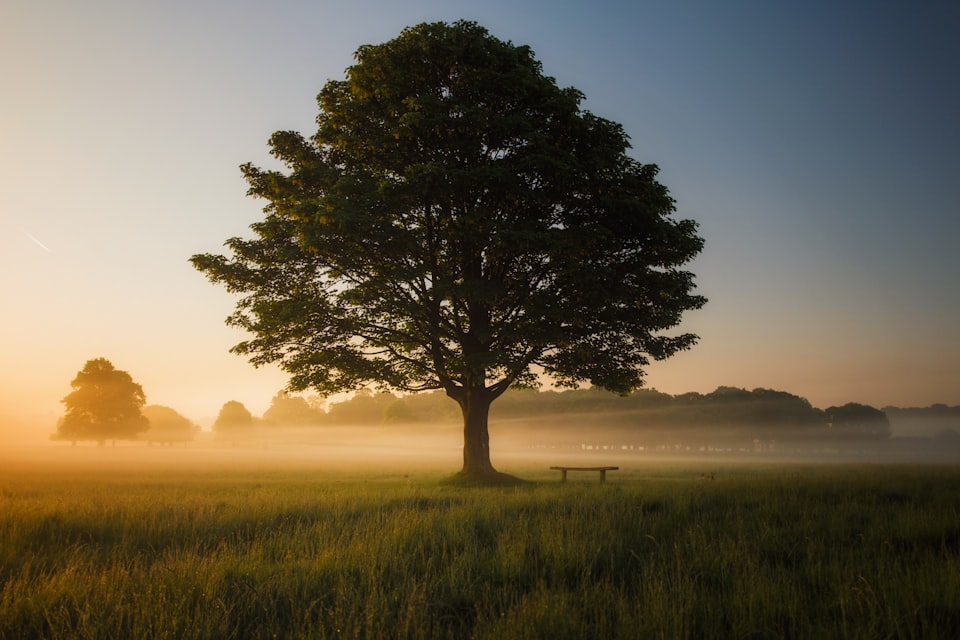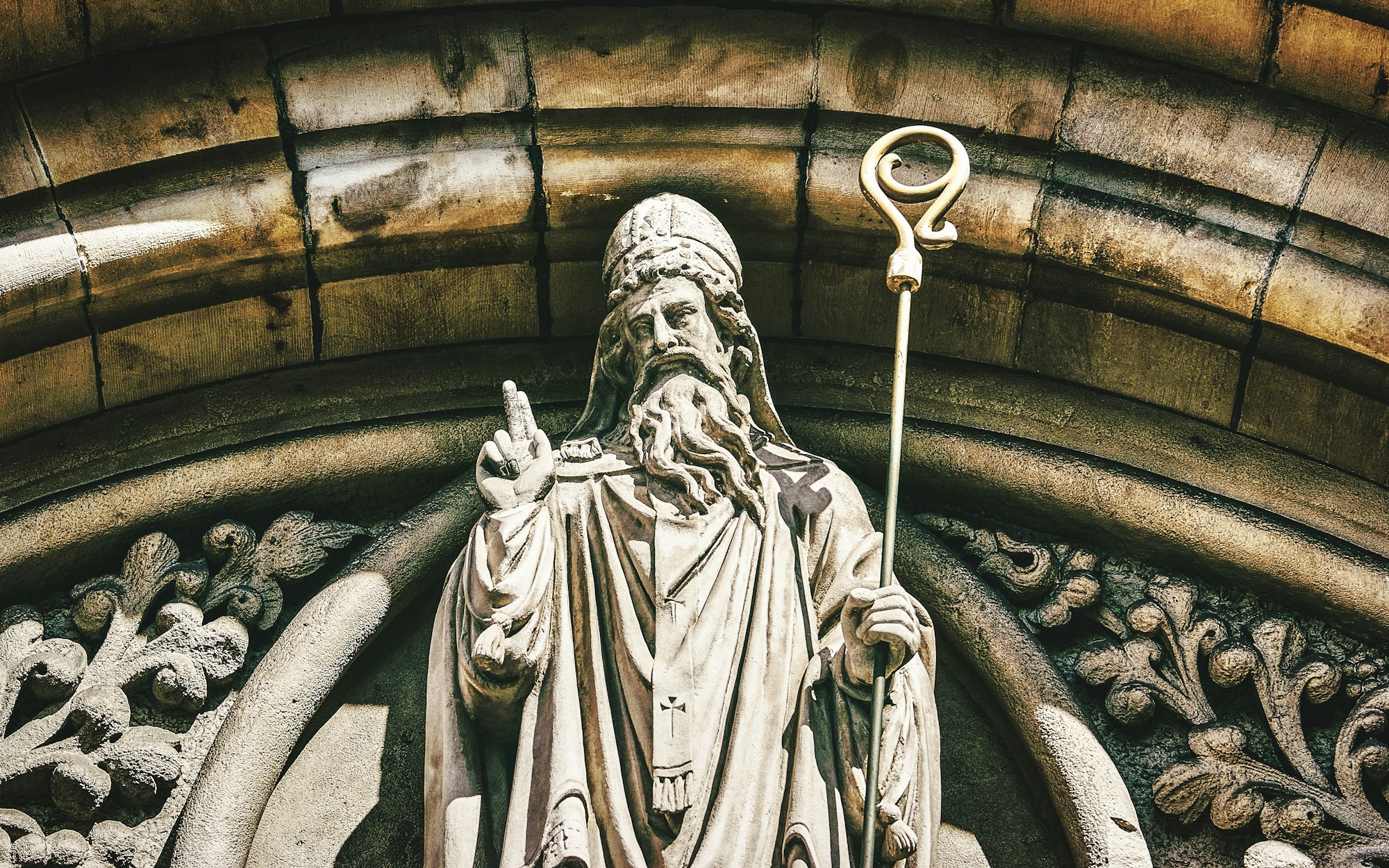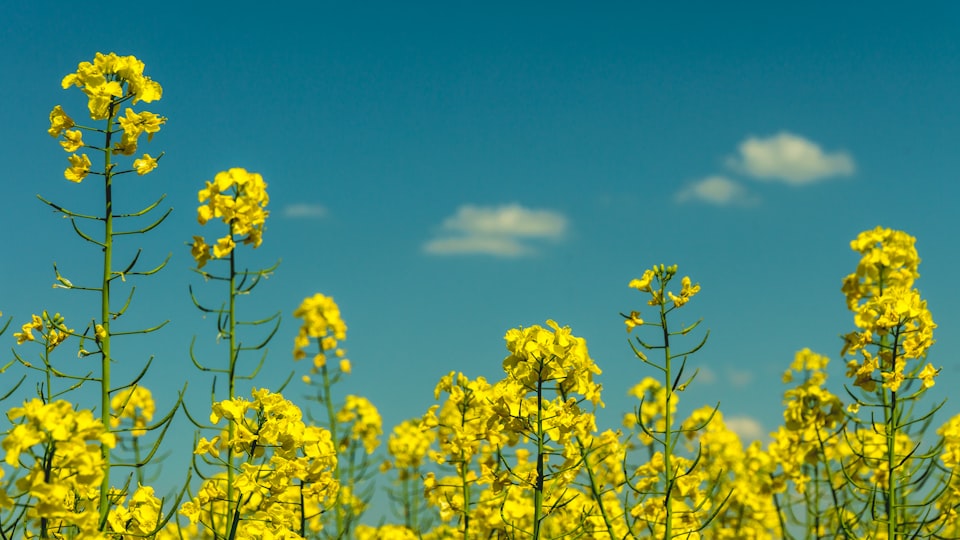II: Oak
The clumsy poisoning of the Treaty Oak.

Good morning. Today is duodi, the 2nd of Floréal, Year CCXXXI. We celebrate le chêne, the mightiest of trees.
There's a live oak in Austin that is claimed to hail from a time of diplomacy and peace. It's known as the Treaty Oak, and is the sole surviving member of a grove of oaks known as Council Oaks where Comanche and Tonkawa people would gather under a flag of truce to discuss peace terms among their often warring tribes.
These wars were no joke. The Council Oaks were known by white settlers because vicious raids and all-out assaults between the two were frequent, and often only settled when a peace meeting was finally convened under the shade of the oaks, which were located smack in the downtown area of Austin, Texas, across the street from the Whole Foods world headquarters.
The white settlers were often quick to exploit these animosities, either using wartime atrocities as proof of the tribes' savage natures (as though the settlers themselves, mostly slave-holders, were on any sort of moral high ground), or enlisting one tribe or the other in proxy wars for territory. During the American Civil War, the Tonkawa were co-opted by the Confederacy under promises of expanded land and a better deal than they had gotten from the United States. In revenge for Tonkawa-led military actions, a mishmash of area tribes including the Comanche raided a Confederate fort and slaughtered 300 Tonkawa inside, in what was known as the Tonkawa massacre.
By the time Texas was reunited with the states and Austin began its initially slow (and now rapid) ascent in size and importance, the Council Oaks had died back to a single tree, known as Treaty Oak. This sole survivor was preserved in a park downtown and ascribed all manner of legends regarding its use for rest and shade by Stephen F. Austin and Sam Houston, effectively whitewashing its American Indian history to imbue it with a stereotypically Texan form of patriotic worship.
Then, in CXCVII (1989), someone poisoned the Treaty Oak.



